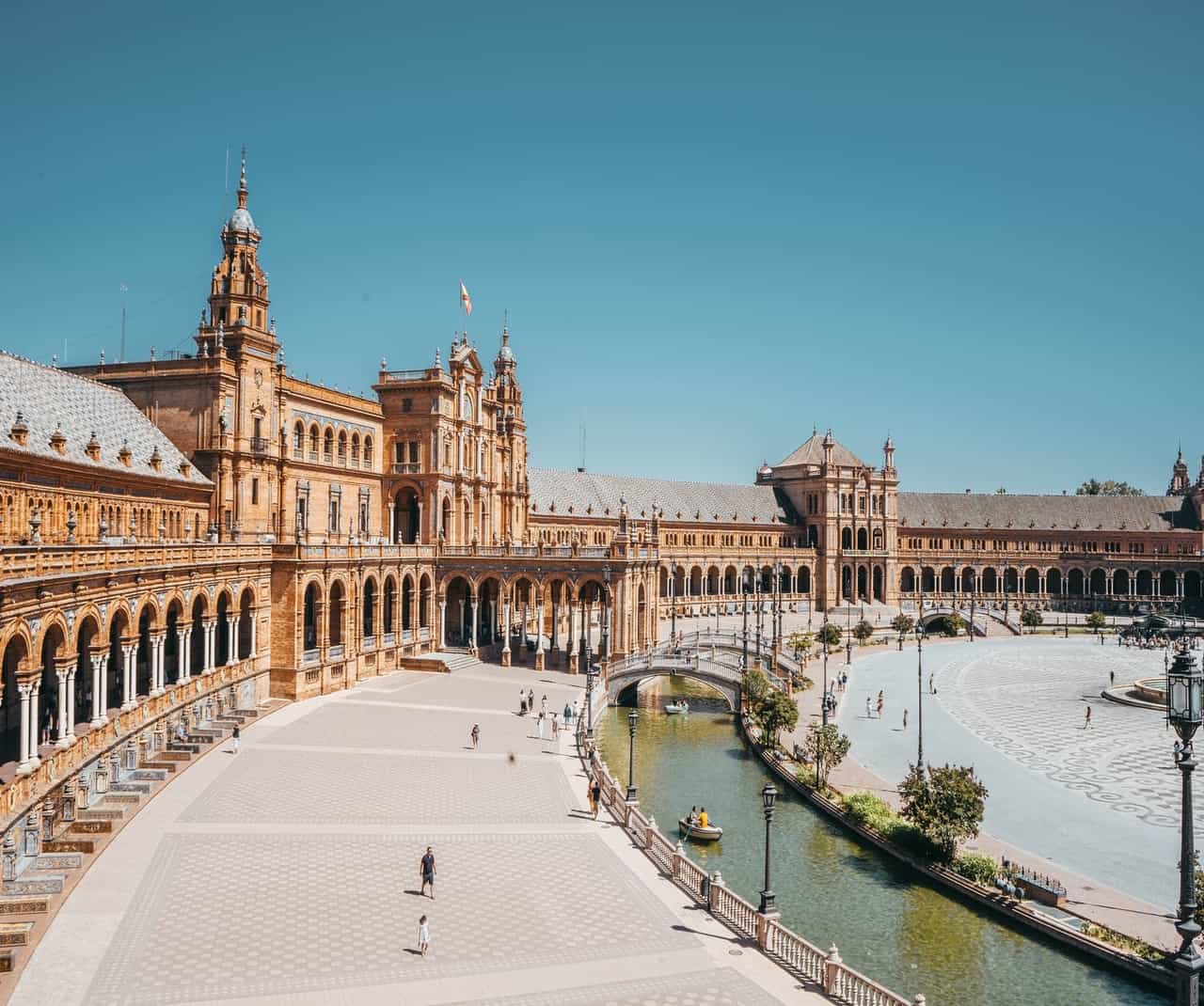
The Complete Spain Travel Guide for An Unreal Trip
DATE:
When people think of Spain, they think about siestas, fiestas, and paella. But Spain is so much more than that.
The country is full of beautiful islands, beaches, cities, national parks, food, and history. And this is what we want to share with you today.
Throughout this article, you’ll learn everything that made the country what it is today, some neat travel tips and where to visit on your stay.
There’s a lot to get through, so make sure you stick around till the end!
History And Culture
Spain has a vast history and plenty of culture, so we’re going to stick to basics in this section, so you’re not here all day.
We’re going to start from the very beginning of Spanish History and work our way to the modern-day, so bear with us:
The remains found in the Atapuerca Mountains indicate that the first man arrived in Spain nearly 1 million years ago.
During the Paleolithic Period, which was around 15,000 BC, they had the Franco-Cantabrian culture. It’s thought this culture stretched from northern Spain and Europe to Asia.
They left curious animal markings on several caves, which are thought to be for magical and religious purposes. You can find these paintings in the main chamber of a cave in Altamira.
During the first millennium BC, the Balearic Islands saw the rise of a culture that created megalithic constructions comprising navetas.
During the same time, you had the legendary Tartessus in the lower valleys that traded with the Phoenician colonies. The Greeks were also establishing settlements along the Mediterranean coast.
Fast forward, and you have the beginning of the Roman legacy.
During the era of the Romans, they left behind the language, social institutions, and artistic remains for everyone to behold.
The Romans instilled Christianity in the people, but in the 8th century, Muslims came to the Iberian Peninsula. This started a battle for power, but the Christians eventually prevailed by the 15th century. Check out the fascinating history of the Spanish language for more on this.
As we all know, it was around the 16th and 17th centuries where we see Spain’s global influence begin. It was at this time they sent explorers out to find new lands in the form of the Americas.
They set off to hijack valuable minerals and metals from other lands to bankroll the Spanish crown. The Spanish decimated the native tribes of the Americas with diseases and slave labor.
They also started Latin American culture as we know it today.
As the money continued to roll in, the empire continued to grow through Europe, North Africa, Asia, and the Americas.
Everything was going great for Spain until the early 1800s when Napoleon marched from France to Spain and took the country by force.
Due to the instability and uncertainty, it gave rise to several anti-colonial revolts, while the countries of the conquests managed to break free.
In the 1930s, things for Spain became even worse:
They suffered through civil wars, which resulted in hundreds and thousands of lives being massacred. Not only did the wars end with many deaths, but it also resulted in a nationalist dictatorship.
General Franco had a 36-year rule and isolated the country from the outside world.
This destroyed the country economically and culturally.
The dictator eventually died in 1975, which sparked the re-bounce of Spain. The country went from a dictatorship to liberal democracy and was led by Prince Juan Carlos.
In 1981, an attempted coup détat by the Guardia Civil army failed thanks to the king’s intervention.
Not long after, Spain joined the European Union in 1986 and took on the Euro in 1999.
During the Olympics in 1992, the country saw massive progress in development, including:
- Modernizing the divorce laws
- Increasing minimum wage
- Legalizing same-sex marriage
- And infrastructural improvements
It was 2017 when Catalonia declared they would become independent, but the international community did not accept this.

Okay, that should be enough history for you, but how has history shaped the culture?
Spanish culture has moved on forward significantly from their stricter religious customs. The country doesn’t have an official religion, but around 67% of the population is Roman Catholic. 28% of people have no faith, and 2.3% are Muslims living in Spain.
As for language, the official tongue is Spanish (Castilian), but there are also other languages spoken in the country, which include:
- Catalan
- Galician
- Euskera
One thing to note is Spanish are known to eat their meals later in the day. Lunch is usually around 1400, while the evening meal isn’t until 2100.
Spain Travel Guide: Top Cities to Visit
As you can see, Spain has a long and fruitful history, which can still be seen in the cities today.
In this section, we want to talk you through some of the top destinations in Spain that you should not miss out on.
Let’s take a look at what the best Spanish cities have to offer their visitors.
Barcelona
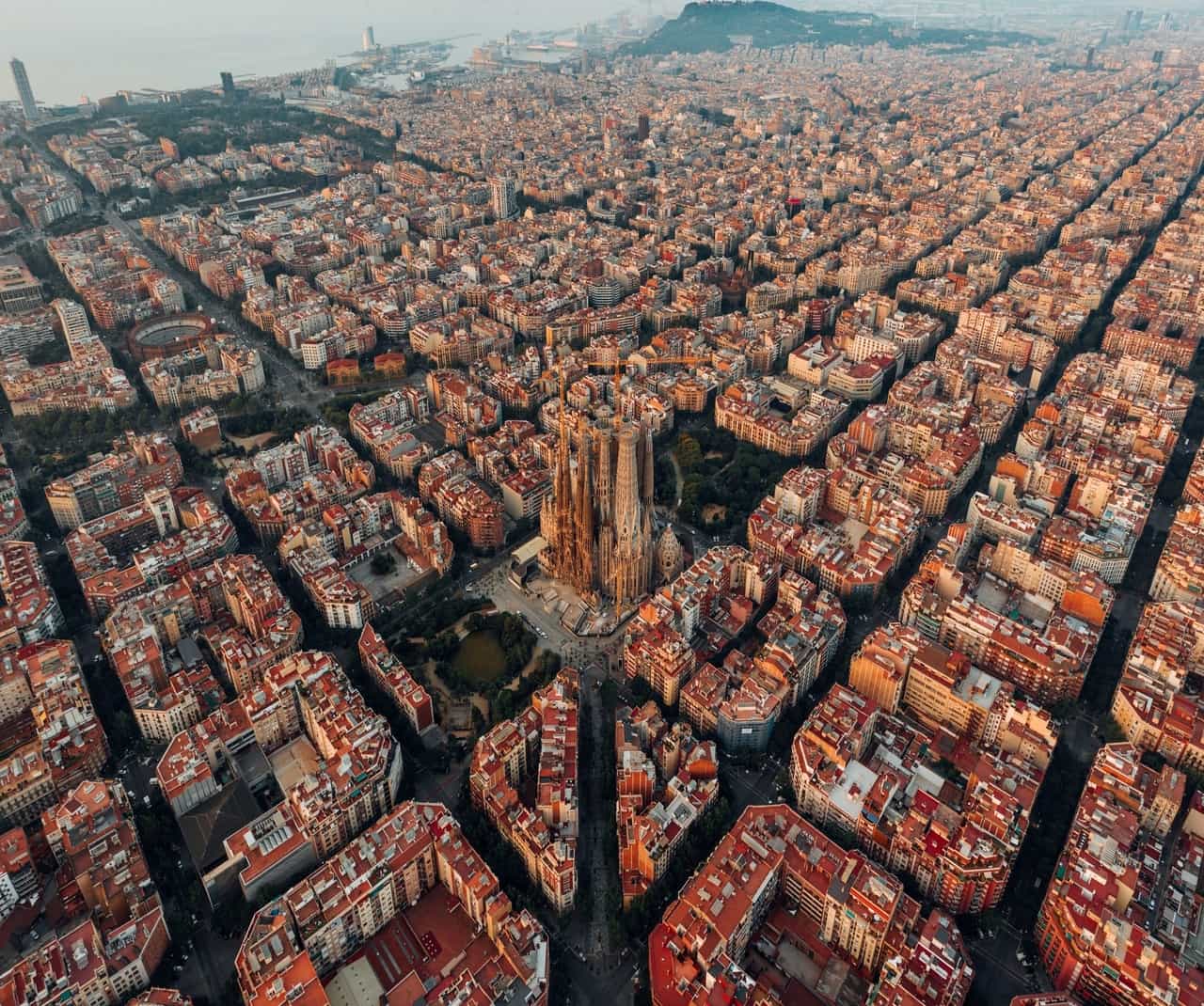
For many people, Barcelona is the number one go-to location in Spain. The capital city is located in the region of Catalunya.
Barcelona became famous for its nightlife, beautiful beaches, and fantastic architecture that spans history.
While walking around the old Gothic quarter of Barcelona, you’ll be welcomed by a mixture of alleys, plazas, and massive cathedrals.
And in other neighborhoods, you have iconic landmarks like La Sagrada Familia.
DID YOU KNOW…?
Here’s a fun fact: The building entered the final stage of construction in 2015, nearly 100 years after it started.
Barcelona is next to the sea, which means only one thing… Fantastic seafood restaurants to try out. Not only do you get stunning seaside restaurants, but you also find lovely beaches and a vast range of watersport activities to try out.
If you’re an outdoor lover, then Barcelona is a fantastic location. Around the town looms great hiking hills with lots of paths to discover.
And if there are any football (soccer) fans out there, what better way to spend your day than watching the world-famous Barcelona FC?
Madrid
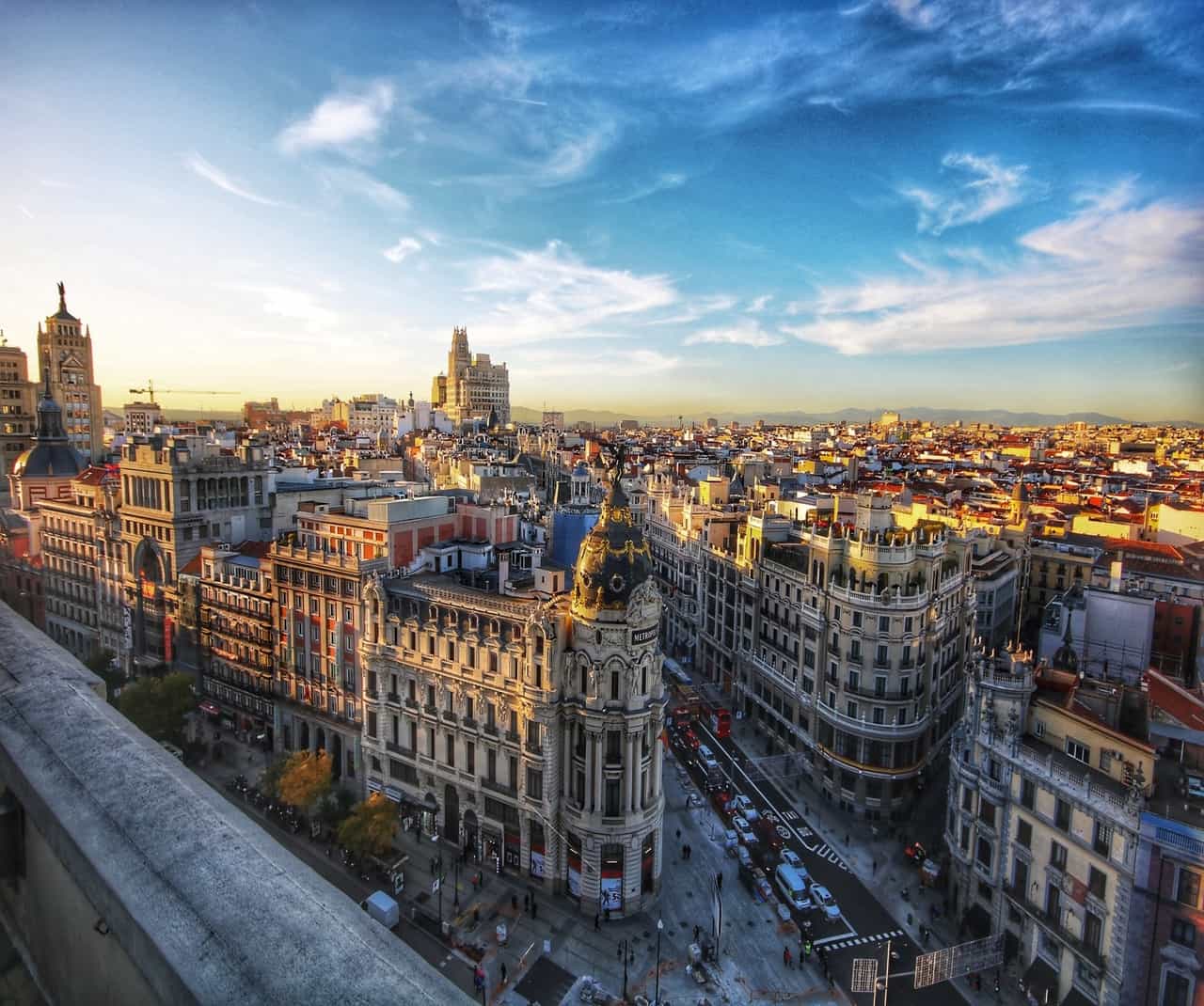
Madrid lies in the middle of Spain and is brimming with life. For many people, it’s a huge debate whether you should visit Madrid or Barcelona. But here’s the thing:
Both Spanish cities are very different, so it depends on what you want from your trip, or you could just visit both and get the best of both worlds.
The one thing Madrid does offer is a contemporary vibe and is a lot easier to budget.
While walking around the city of Madrid, you’ll find architectural wonders such as the royal palace and mansions dotted around.
Madrid was initially funded by the Spanish crown and is home to stunning art galleries and museums, so there is no shortage of masterpieces to admire.
One of the best things about Madrid is how well connected the city is to the rest of the country.
And again, if you’re a football lover, why not check out Real Madrid FC for a great day out.
Seville

There is something extraordinary about the city of Seville. It sits at the heart of Southern Spain and offers so much to visitors, and here’s why:
If you love beautiful buildings, rooftop views, oranges, olives, and flamenco, there’s no better place to be than Seville.
But these aren’t the only reasons to visit this wonderful city.
Seville has an exceptional cultural heritage for you to explore. The city used to be the capital of Muslim Spain due to the ‘Addādid, the Almoravid and Almohad dynasties. And it helped it become one of the commercial centers in Europe.
If you’re taking a trip to Seville, make sure you don’t miss out on the Maestranza bullfighting ring or the Flamenco concert.
You could also take a beautiful stroll along the Guadalquivir River for a little bit of downtime. If you’re looking for traditional Spanish culture and atmosphere, then this is the city for you.
San Sebastian
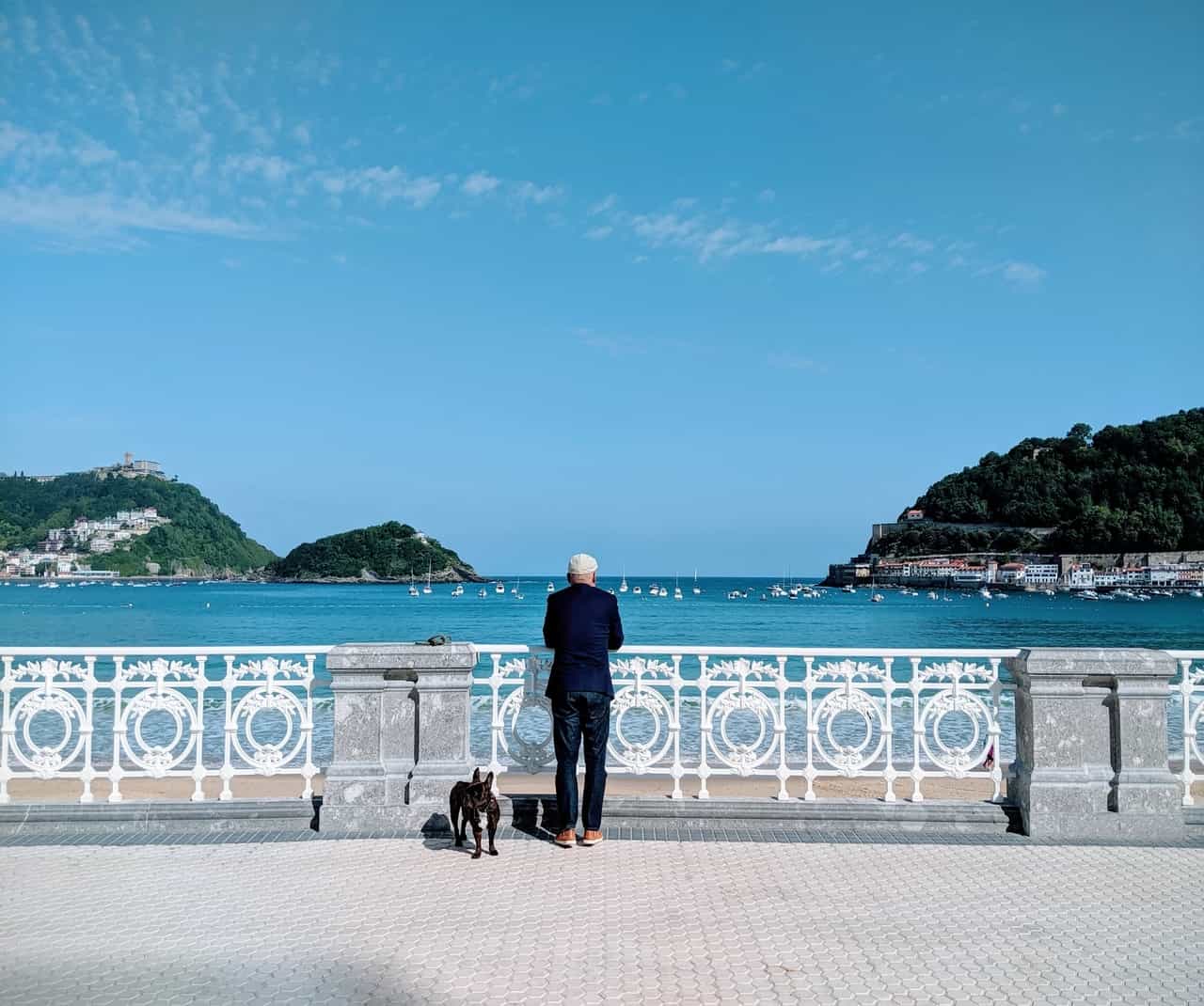
If you love to enjoy Spanish sandy beaches and beautiful oceans, you should check out San Sebastián. It’s full of lush mountain ranges and attractive buildings that make your jaws drop.
San Sebastian was among the favorites of the Spanish monarchy thanks to the lavish architecture and the sense of glamour it provided.
It’s well known for the luxury resort hotels and amazing vacation offers that can suit any budget.
Visitors love to come for the upscale shopping and gourmet restaurants, but they stay for the sunny northern coast of green,
If you trek up to Monte Igueldo, you can treat yourself to stunning views of the whole city and La Concha beach. The city also offers a plethora of music, arts, and cultural festivals found throughout the year.
Valencia
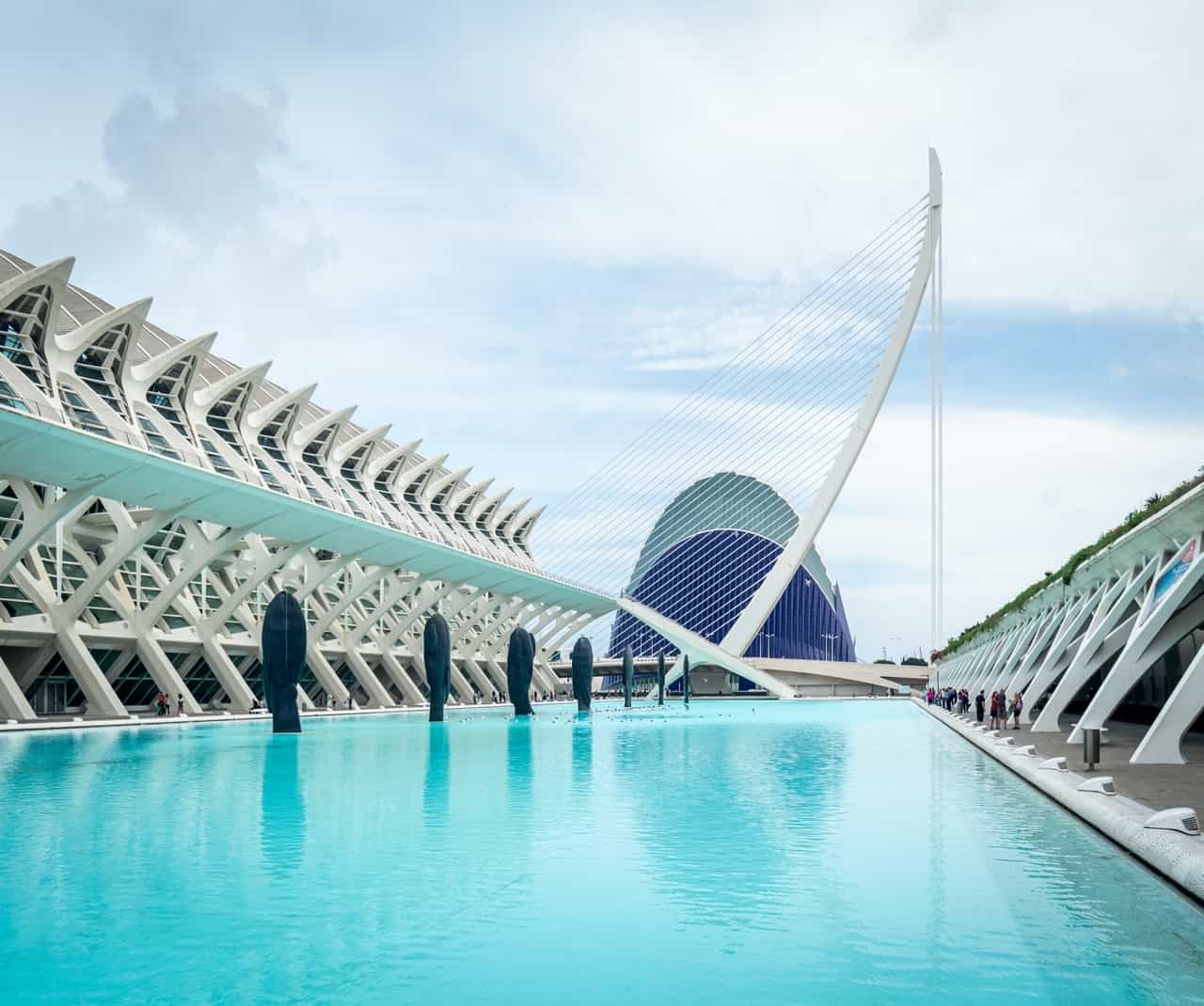
If you venture to the Mediterranean side of the country, why not stop off at the third biggest city of Spain? Valencia can often get overlooked due to Barcelona and Madrid, but that is a huge mistake.
Valencia has plenty of attractions and sights that can take your breath away.
But what Valencia is really famous for is the paella, it’s the best area in the country to eat this seafood dish. Not only can you eat this beautiful dish, but you can also spend the day on stunning beaches on the Mediterranean sea.
If you’re looking to check out the biggest event of the year, make sure you head to Valencia in March, leading to Easter Weekend.
The festival is called Las Fallas; it features large hand-built structures and people dressed in costumes. While you’re there, you’ll see the streets fill with people as they burn many of the fantastic creations.
Palma De Mallorca
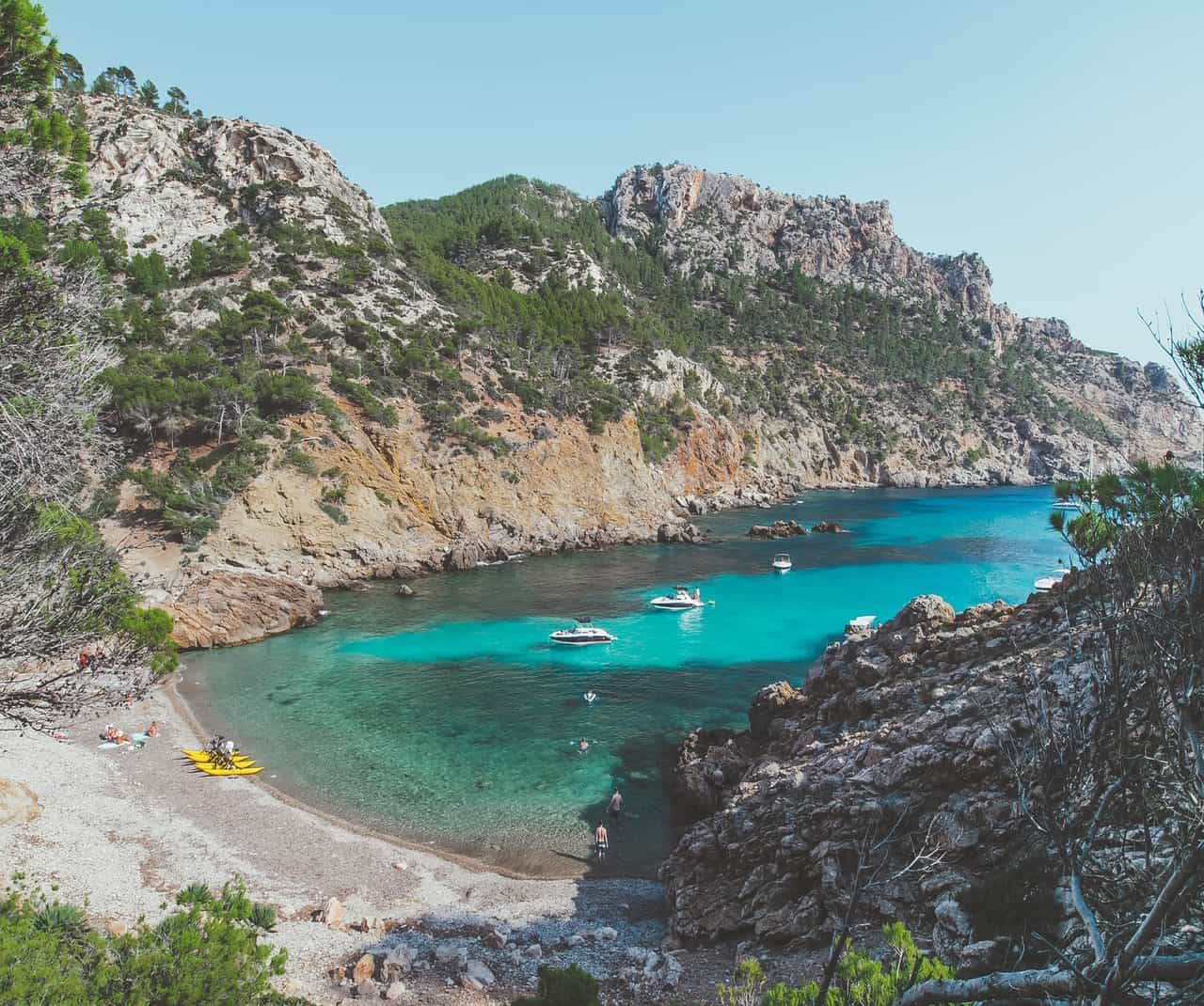
Palma de Mallorca is the capital city of the Balearic Islands, and what a beautiful place it is. The city is located in the western Mediterranean and became well known for wonderful gothic buildings and stunning Mediterranean beaches.
If you plan to visit, make sure you spend a decent amount of time wandering through the city center to ensure you don’t miss a thing. While walking around, you’ll experience cobbled streets, old townhouses, and the famous Cathedral de Santa Maria of Palma.
Once you’ve walked through the old town, make sure you go to the 19th century Mayor Plaza to spruce up the day.
Ibiza
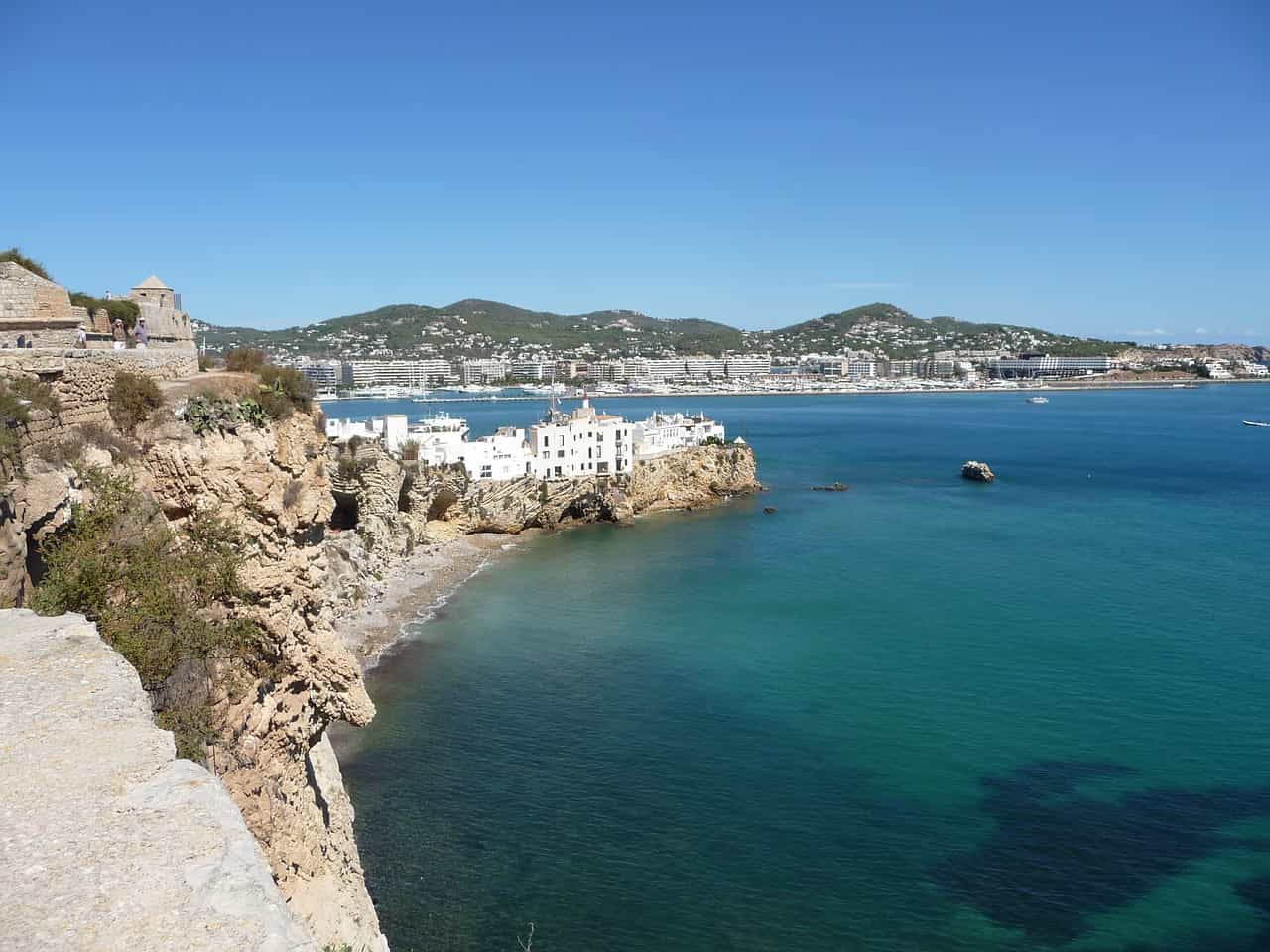
If you’re looking for a party, what better island to go to than Ibiza. Here you can spend your day taking in the sun on beaches and yachts and then spend the night dancing away to the music.
The island is known for the buzzy nightclubs and clustered towns. It’s also the third-largest Balearic Island, but with probably the biggest reputation in the world.
If partying isn’t for you, don’t worry; there’s plenty more to do on the island. You can indulge in beautiful foods, idyllic towns, and local markets.
Salamanca
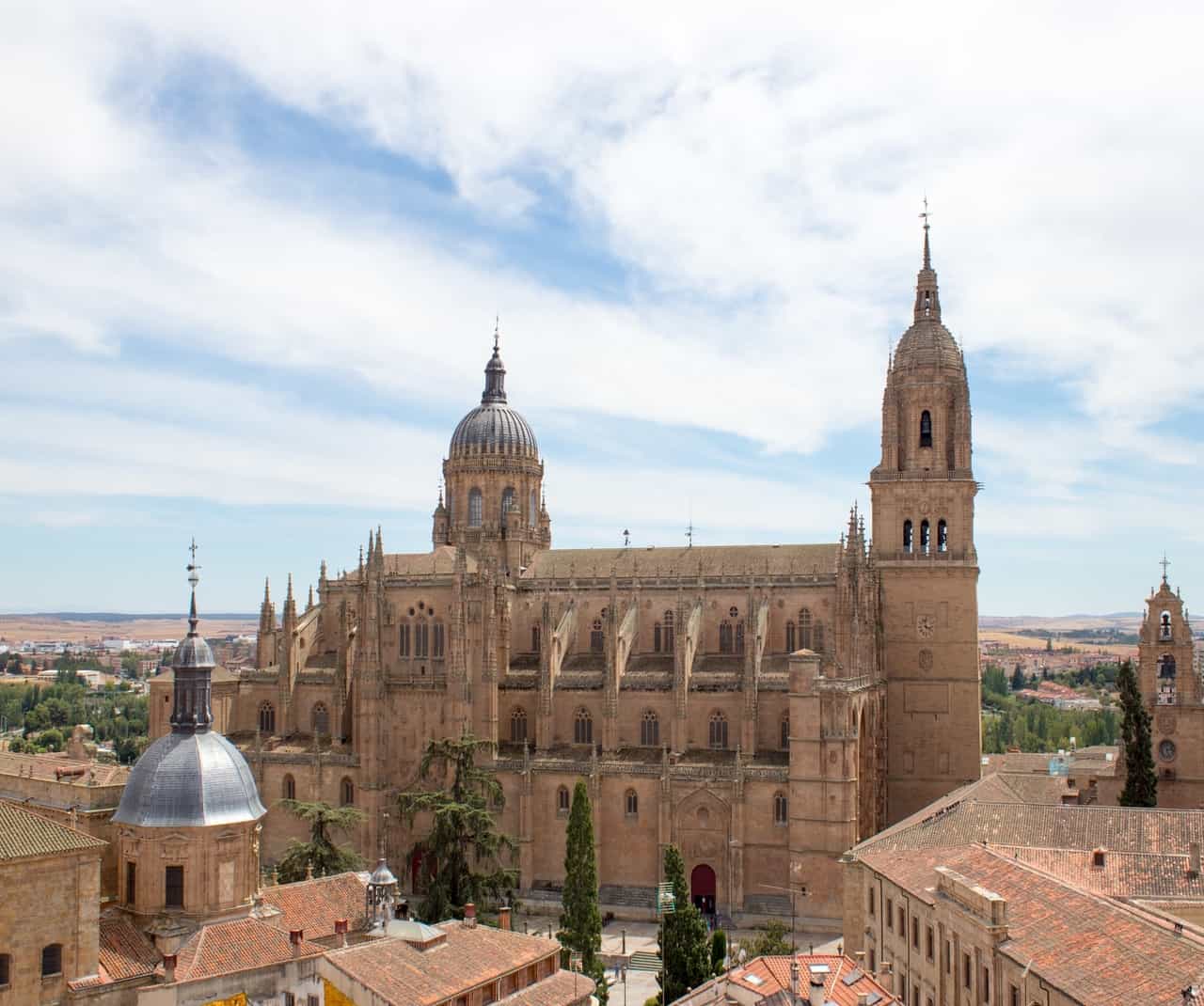
For many people, Salamanca is one of Spain’s best cities, especially if you’re a student tourist. The city is close to Madrid and shows you glimpses of the authentic Spanish outdoors.
If you’re a fan of cheap beer and nightlife, then Salamanca is sure to impress. Not only does it have great nightlife, but it also boasts of being the safest place in Spain.
Many of the beautiful buildings date back to Spain’s Golden Age and feature two cathedrals that are out of this world. You’ll also be able to trek around the Renaissance Palaces, museums, and galleries.
One of its claims to fame is the prestigious university and the vast student body it homes.
Trip Ideas In Spain
So, you know which cities to visit, but what should you do while you’re there? Well, don’t worry, we have you covered in this section.
Spain is full of fantastic trip ideas, maybe too much to list in this article, but we’re going to give you a selection of the very best travel tips:
Costa Del Sol
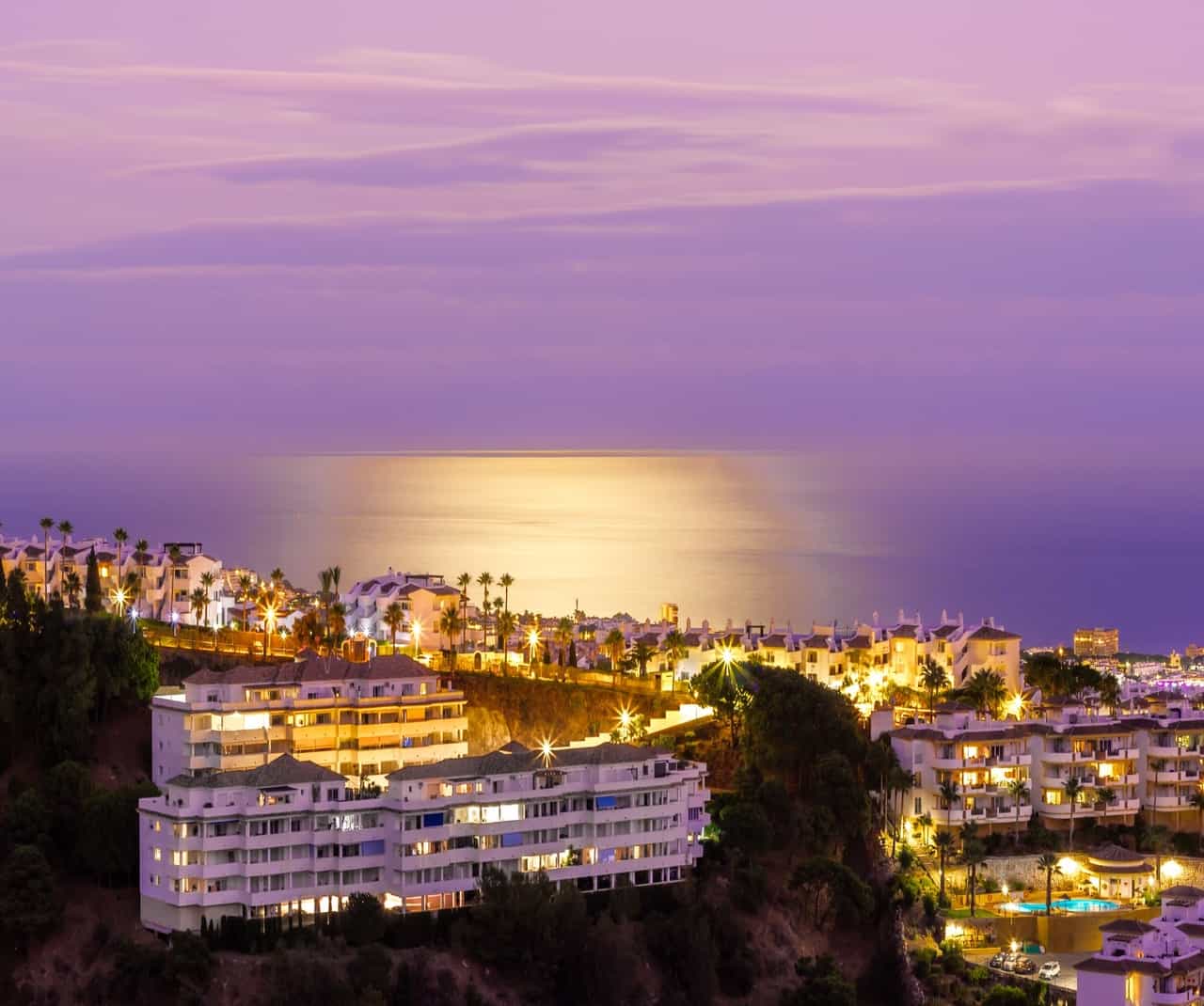
Costa del Sol, or Coast of the Sun, is found in southern Spain and provides beautiful coastlines. The coast shows a diversity of landscapes from cliffs, beaches, estuaries, and dunes.
If you plan to stay in Costa del Sol, you can enjoy a wide range of beach resorts that run along the world-famous coastline. The area became famous thanks to the hundreds of golden beaches the area has to offer.
But what makes it a go-to place for most is the 300 days of perfect weather it boasts per year.
Basque country
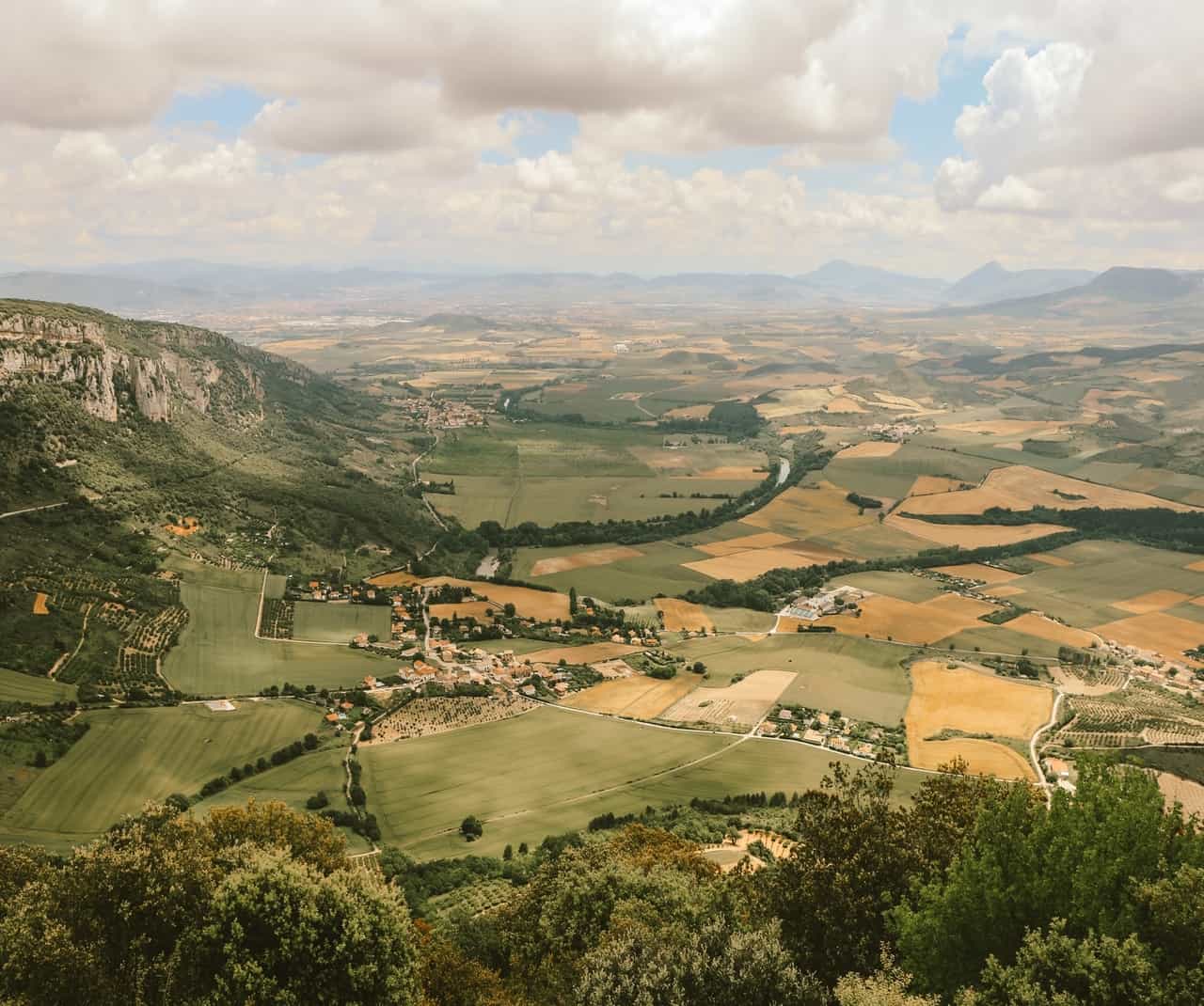
The Basque Country is an autonomous community in the north of Spain that borders France. The community has strong cultural traditions and a distinct language.
The city of Bilbao features stunning architecture in the riverside city. You also have some amazing museums to visit along the waterfront.
Many people go to visit the famous San Juan de Gaztelugatxe, which is a short bus journey from Bilbao.
DID YOU KNOW…?
The location was the filming site for Game Of Thrones, thanks to the stunning scenery. You can also climb the 241 steps that feature a small stone church at the top, but more importantly, it will provide you with spectacular views of the landscape.
Sagrada Familia
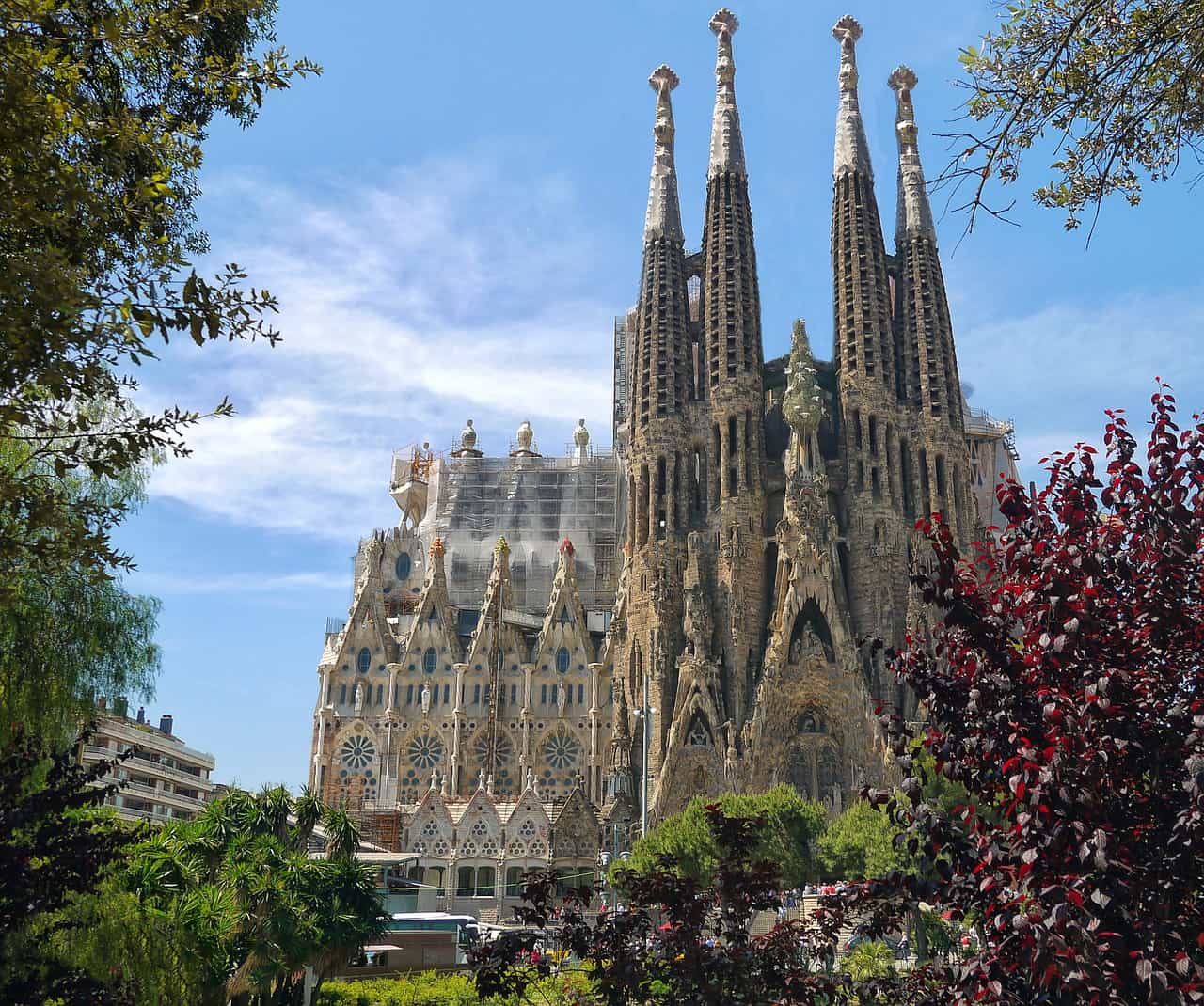
It’s one of Antoni Gaudi’s most famous pieces of architecture, and when you gaze up at the church, it is entirely understandable why.
The construction dates back to 1882; the Catalan architect worked on the piece for 40 years before dying in 1926. Although the building started in 1882, the piece is still not finished.
In 2015, it entered the final stages of construction, but how long it will take to finish is anyone’s guess.
Medieval City Of Cuenca
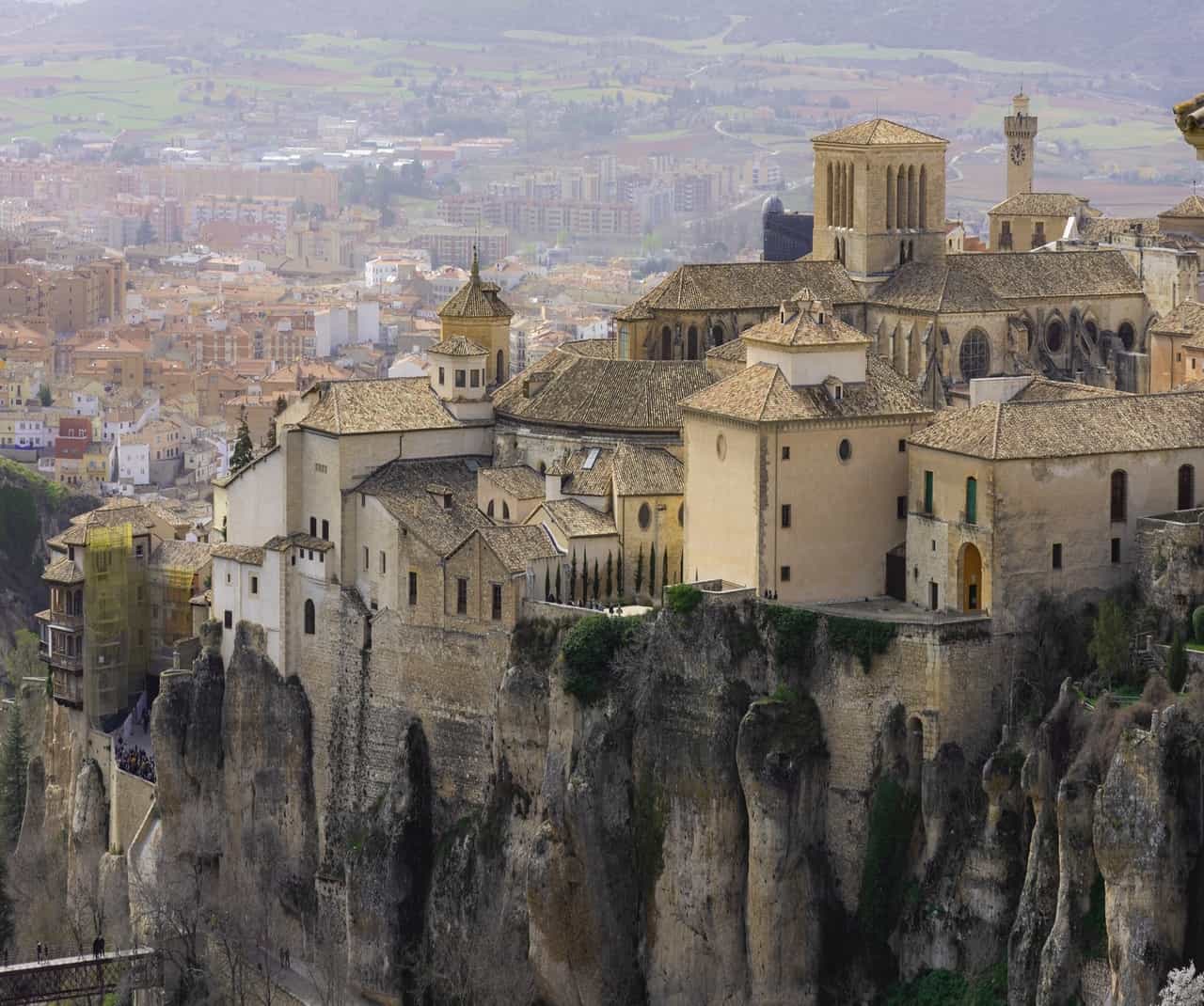
If you love visiting historic cities and medieval towns, what better place to stop off than Cuenca? The city is located in the mountains of eastern Spain. The Moors founded it, and now it claims a title as a World Heritage Site.
The town is perched on top of limestone rock that overlooks the Jucar and Huecar rivers. But what it’s best known for is the hanging houses “Casas Colgadas” that balance precariously off the cliff’s edge.
While walking around the town, you’ll be treated to medieval architecture, cobbled streets, and castle ruins.
The Great Mosque Of Cordoba
It used to be the principal mosque of western Islam and is still known as the Mezquita. It’s one of the biggest mosques in the world and a fine achievement of construction.
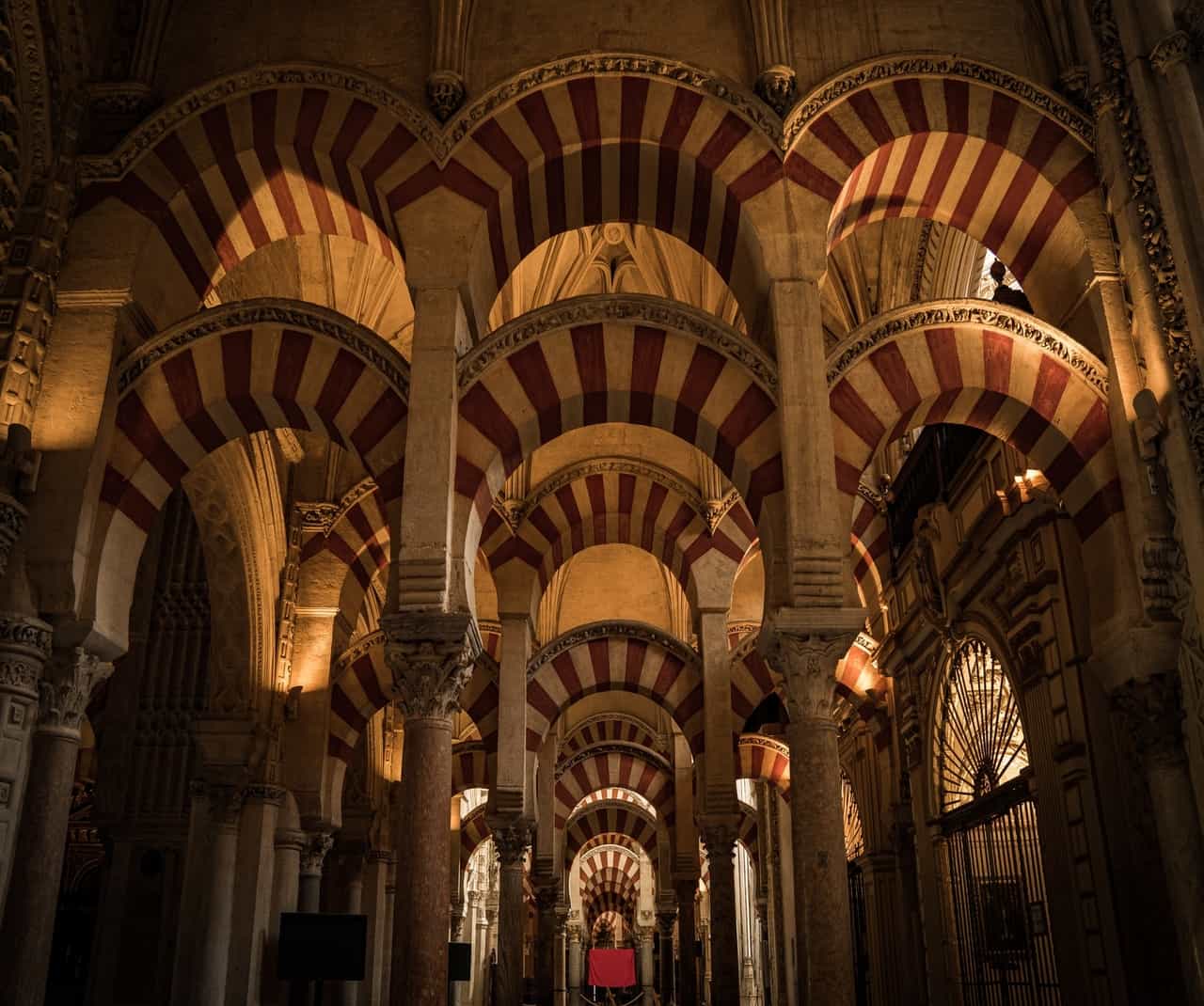
What makes it stand out is the alteration that came years later. The Catholic church made space for a cathedral at the heart of the mosque.
They used the building materials from Roman and Visigothic buildings in the construction of the mosque.
Canary Islands
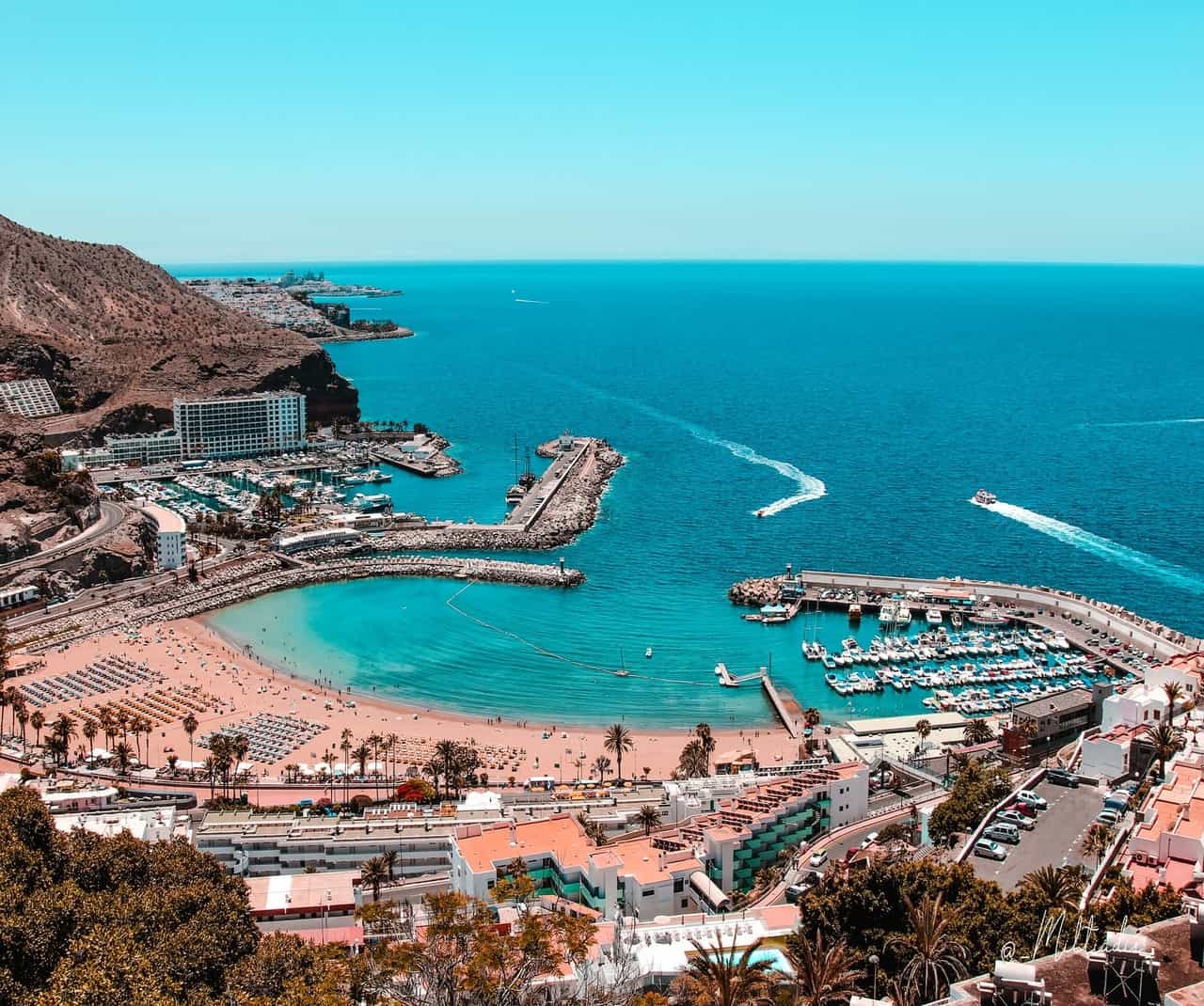
The Canary Islands is a Spanish archipelago off the coast of northwestern Africa. The islands are full of volcanoes and are known for their black and white sand beaches.
There are many places to visit in the Canary Islands, including Los Gigantes in Tenerife. This colossal cliff towers above the ocean between 500 and 800 meters above sea level. Climbing up to the viewing point gives you a beautiful panoramic view of the landscape.
Another fantastic place to visit is the Timanfaya National Park in Lanzarote. The unique landscapes were created between 1730 and 1736 when more than 100 volcanoes erupted.
Visitors of the island are presented with landscapes that give you a Martian-type feeling. You’ll be treated to stunning landscapes and super rare plants. Just a few meters below the surface, the temperature reaches 650°c.
Anything that enters deep holes will automatically turn to fire.
Parque De Cabarceno, Santander
Everyone dreams of going on a safari tour, but many people can’t afford it. But luckily, Spain offers its own version.
The park is home to more than 100 species of animals from five continents and live in semi-freedom. The park is located in Cabárceno and is a former open-pit iron mine of all things.
With over 750 hectares and more than 20 km of roads, the park gives you a fantastic experience of gorges, lakes, rocky figures, and wildlife; you won’t find anything like it outside of Africa.
Plaza Mayor Madrid
The plaza is a vast square located in central Madrid. It was initially named Plaza del Arrabal but later changed its name. The huge plaza is a stone’s throw away from another famous square called Puerta del Sol.
It was built in a symmetrical style and is surrounded by 237 balconies, nine entrance ways, and a bronze statue of King Phillip III.
If you plan to visit Madrid, your trip wouldn’t be complete without taking a walk to the Plaza Mayor to treat yourself to fantastic food and stunning architecture.
Donana National Park
The National Park is located in Andalucia, which lies in southern Spain between Cadiz, Huelva, and Seville.
It is made up of one of Europe’s most important wetland areas. The landscape provides beautiful views of sand dunes and pine forests.
The area provides shelter and food for tens of thousands of birds, including flamingos. It’s one of Spain’s prized national parks, thanks to the myriad of landscapes it offers visitors.
Guggenheim Museum
This is something that you have to see up close if you want to genuinely admire the symphony of shapes. The American architect Frank Gehry used blocks of limestone and sheets of titanium to produce this stunning building.
Dalt Vila
The name Dalt Vila refers to the old town of Ibiza and what a beautiful place it is. The old town is enclosed by walls and is classed as a UNESCO world heritage site.
To get into the old city, you have to cross a drawbridge, which gives a fabulous feeling. Once you make your way inside, you’ll be walking through narrow cobblestone streets. And if you walk up to the hilltop, you’ll have stunning views of the surrounding area.
Clerecía Towers
One of the go-to places in Salamanca is the church of Clerecía. It was built in the 17th century and now belongs to a university. They designed the tower to help bring people closer to heaven.
People visit the cathedral for the incredible views and fantastic photo opportunities. If you want to walk the tower tickets will cost you 3 euros.
The Town Of Ronda
It’s about a 30-minute drive from Costa del Sol beach resorts. The town was built on the isolated ridge of the Sierra Ronda.
The town itself is split in half by a vast river gorge called El Tajo, which drops 130 meters on three sides. But the most astonishing thing is the 18th-century arched bridge that connects both halves of the town.
If you’re looking for amazing views, it doesn’t get much better than the splendid town of Ronda.
Sierra Nevada
The Sierra Nevada is a mountain range in the region of Andalucia, in the province of Granada. The standout reason to travel to this location is it’s the highest point in continental Spain.
At the highest point, the mountains reach 3,479 meters above sea level. If you love hiking, there’s no better place than these snow-capped mountains. While hiking the mountain, you’ll be treated to wonderful views across the open fields.
What Is The Best Month To Visit Spain?
One of the best times to visit Spain is between April and May. During late spring, the weather starts to warm up, the streets begin to fill with people, and more activity is apparent to see.
The best thing about these months is that it’s not as crowded as the summer months, making it feel less daunting and easier to move around.
There are also several events and festivals for you to attend, including:
- Festival de Jerez (March) – The festival lasts a few weeks, and people flock to Jerez for one of Spain’s most prominent events. The festival is a celebration of flamenco music and dance. Throughout the fortnight, you’ll be able to watch and learn from the masters as you watch some of the best dancers do their business.
- Feria de Abril (Two weeks after Easter) – The Annual festival is hosted in Seville and is full of carnival rides, good food, drink, and dancing. While you’re there, you’ll notice the men dressed in a traje corto (A short jacket and tight pants), while the women will be in traditional flamenco garb.
- Semana Santa (March/April) – For many Spanish-speaking countries, Semana Santa is the most important holiday of them all. It’s known as Holy Week where the parishes join forces and make elaborate parades carried by hooded men.
Another great time to head to the country is early autumn (September to October). The crowds of tourists tend to be slightly smaller, and the temperature is more bearable. You also have festivals during these months to enjoy:
- Fiestas de San Mateo (September) – The feast of Saint Matthew coincides with the grape harvest and is a week of parades and concerts in La Rioja.
- Bienal De Flamenco (September) – The festival is held bi-annually in Seville and is another of Spain’s largest flamenco celebrations.
If you’re looking for the very best weather, then you have the option to go in summer, which is between June and August. But be warned, the beaches will be crowded, and the weather will be scorching.
That being said, during the summer you’ll experience an increase in night activities and a few energetic festivals to take part in. These include:
- Batalla del Vino (29th June) – Otherwise known as the Battle of Wine, is a lighthearted battle where the locals in La Rioja douse each other in the region’s red wine. It’s also a great location to find some wine tastings if it isn’t chucked at you.
- International Festival of Music and Dance (June/July) – The festival is hosted in Granada and is one of Spain’s most important arts festivals.
No matter what time of year you go to Spain, the weather is usually pretty dry. During the winter months in Spain, the north gets slightly colder, and a bit wetter, but in the south it remains relatively dry.
What Should I Avoid In Spain?
Spain is very safe when you compare it to other Spanish-speaking countries. So it’s not so much about avoiding things but more about things you mustn’t do while you’re there.
To help you out for your trip, here’s a list of things you must not do in Spain:
1. Eat Too Early
Getting used to the Spanish food clock can get pretty challenging, especially when comparing it to the American and British standards. The Spanish like to eat their meals later in the day; if you’re hungry, you’ll be able to grab yourself some tapas.
They’ll usually eat their lunch between 1 pm and 4 pm. As for dinner, don’t even try to go and get feed at 6 pm; you’ll either be eating alone or with a few tourists. Most of the great restaurants won’t even open their doors till 8 pm.
2. Never Expect Them To Be Ontime
You may think it’s just a stereotype, but in most cases, it’s true. The Spanish are pretty laid back when it comes to time. Most people will turn up to the party around 15-30 minutes later than it starts.
3. Ordering The Wrong Food At The Wrong Time
This is very important. The Spanish eat their main meal at lunch, and this is where you can expect to see heavy meals like paella being served.
QUICK TIP
If you try ordering a paella at 9 pm, you’re going to get some funny looks, and most restaurants won’t even have it on their evening menu.
The typical dinner in Spain is tapas, fish dishes, and salads. And most meals will be washed down with a bottle of wine… yes, even at 1 pm, no one will bat an eye.
4. Never Expect The Shops To Be Open In The Middle Of The Day
In Spain, many shops will open in the morning for a few hours and then close for a couple of hours during lunch. Yep, siestas are a thing, they may not be sleeping, but they’re not working.
The times will vary from shop to shop, but you can expect the shops to be closed between 2 pm and 4 pm.
5. Don’t Expect People To Speak English
The level of English speakers will vary between location and people, so you mustn’t expect people to understand what you’re talking about. Make sure you learn some basic phrases; it will help you a lot.
6. Tipping Too Much
Spain isn’t a tipping country, so there’s no need to leave the usual 20%. That being said, that doesn’t mean you can’t leave something. Living a bit of loose change is perfectly acceptable in restaurants.
7. Don’t Get Offended
Unlike the languages English and French, Spanish is pretty direct and doesn’t have the same pleasantries. If someone says “pass me that” and doesn’t follow with please, don’t get offended.
They’re not rude or impolite; it’s just the way things are there.
8. Not Paying Attention In Touristy Areas
Although Spain is a very safe country, people should be especially mindful of pickpockets and petty thieves in Barcelona and Madrid.
Don’t leave your belongings on tables or the beach; some people will have no problem picking up your stuff and taking it with them.
If you become a victim of theft, ìt helps if you’re covered with travel insurance; at least you stand a chance of getting your items replaced:
|
World Nomads |
Why Choose Them? |
|---|---|
 |
|
How Much Should I Budget For A Trip To Spain?
As with any country, it can massively vary depending on where you go, what time you go, and how you like to travel.
On average, the cost for visiting Spain could cost:
- Solo travelers: $950-$2,000
- A couple: $1,500-$3,700
- A family of four: $3,000-$7,000
Like we said, these are just average prices like I said, it can be a lot more expensive, or you can do it cheaper if that’s how you like to travel. We like to use VRBO to find excellent Vacation Rentals.
Let’s try and break down the costs so you can do your own calculations:
- Flights: Economy – $75 to $1,000+ (depending on Location) First Class – $2,000+ (depending on location)
- Places to stay: Hostels – $10-$20 Hotels – $49 -$200+ Vacation Rentals – $150 – $500+
- Food & Drink, Activities: $36-$74+ per person
That should give you a good idea of how you can budget your trip to Spain. If you’re looking for cheap flights check out Kiwi:
|
Kiwi.com |
Why Choose Them? |
|---|---|
 |
Competitive PricesPlan Your Full Trip From The WebsiteProvides Excellent SupportGet Price Alerts On The MoveManage Your Bookings |
How Many Days Do You Need In Spain?
It really depends on what you plan to do while you’re there. On a seven-day trip, you should be able to take a tour of Madrid and Barcelona. But, if you want to do more than that while you’re away, you should plan for at least 14 days.
This will give you enough time to check out a few more places and take part in more activities while you’re away.
|
Discover Car Hire |
Why Choose Them? |
|---|---|
 |
|
Wrapping Up!
Spain is a country rich in culture, history, and enchanting places for travelers of any kind to enjoy. Whether you want to relax in a serene village in Basque Country, dance until the early hours of the morning in a nightclub in Madrid, or eat tapas in Granada, Spain has definitely a lot to offer.
But remember, learning travel Spanish before planning your trip not only will help you get around your destinations more easily and communicate fluently with the locals but totally enrich your travel experience to a whole new level.
Try a free private class or sign up for a 7-day free trial of our group classes to see how thousands of students are dominating the Spanish language with SpanishVIP.








